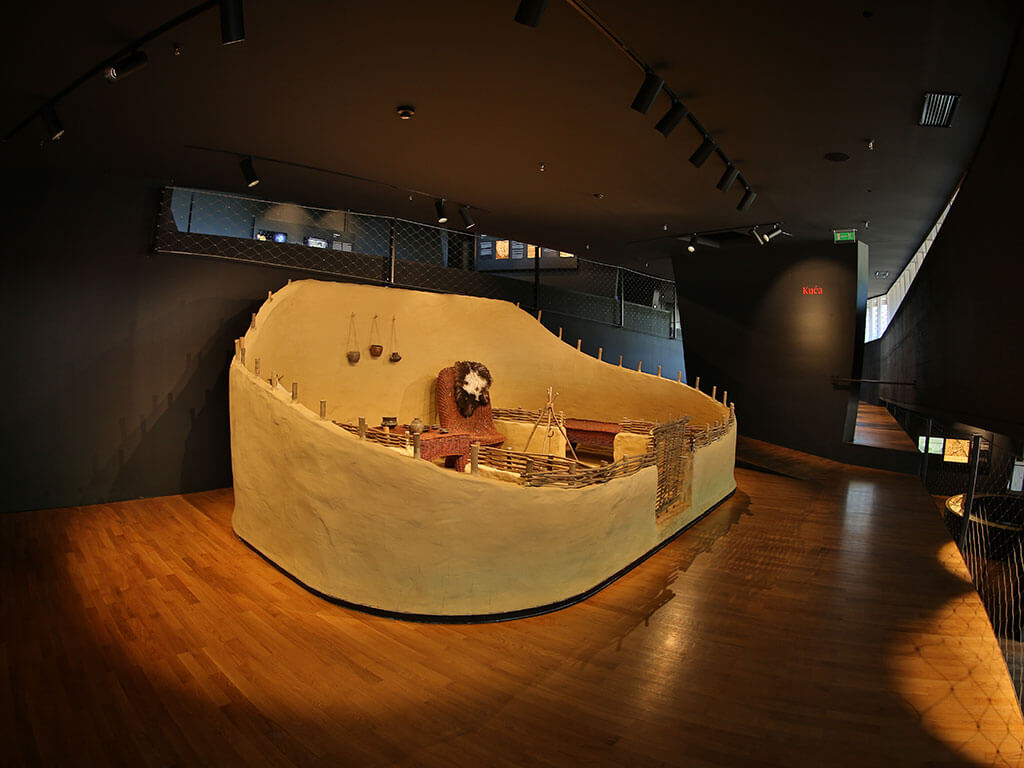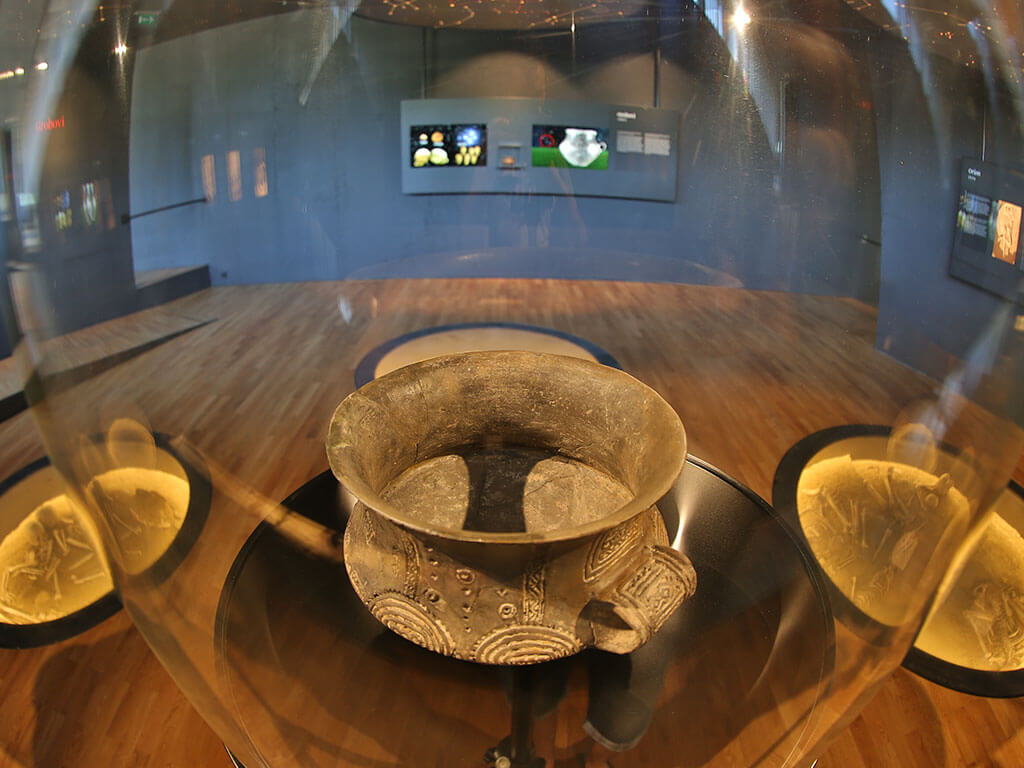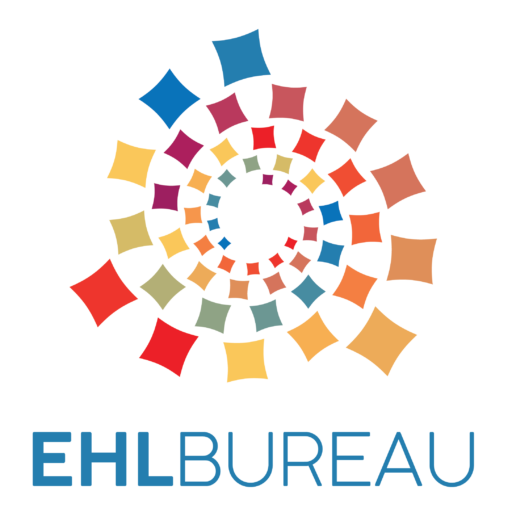This website uses cookies so that we can provide you with the best user experience possible. Cookie information is stored in your browser and performs functions such as recognising you when you return to our website and helping our team to understand which sections of the website you find most interesting and useful.
Vučedol Culture Museum and Archaeological Site



The EHL Site
The idea of the Vučedol Project was created in 1981, when few brave individuals began the first archaeological excavations on Vučedol, situated on the right bank of Danube river, only five kilometres downstream the centre of Vukovar. The excavations were conducted by the joint forces of the Vukovar Municipal Museum and the Department of Archaeology, Faculty of Philosophy, University of Zagreb. In the late eighties Vučedol had already been recognized as a valuable archaeological site.
In the 1988 the Museum Gallery Centre Zagreb hosted the first exhibition, introducing Vučedol to the general audience. After the success of the exhibition “Vučedol – the Third Millennium B.C.”, preparations for the project of the archaeological park were already in the advanced stages. In September 1990 Vukovar was surrounded and occupied in the Homeland War, leaving the site abandoned and neglected until the post-war demining in 2001, when the archaeological team returned. In order to revive cultural and archaeological heritage.
Continuing the archaeological research at the site, some extremely valuable scientific findings came to light, encouraging further work on the project of the Vučedol Culture. This far-reaching project was concluded by the opening of the permanent exhibition of The Vučedol Culture Museum as a newly established national museum of a special interest for the Republic of Croatia. This is a unique museum dedicated to a single prehistorical culture of great pertinence, spreading on more than 1200 m of surface in 19 rooms, presenting the Vučedol Culture in whole, together with all the elements insuring the needs of an Eneolithic human.
European dimension
In the period from 3,000 to 2,500 BC the right bank of the Danube was populated by the Indo-European people, whose culture is known today as Vučedol culture.
It was the settlement period of the first Indo-Europeans, and the period of their interaction with the indigenous people and merging of material cultures and religions. Vučedol cultural period is the European equivalent to cultures like the Sumers in Mesopotamia, Old Empire in Egypt and early Troy. The high standard of the Vučedol Culture was initially accomplished thorough N economy related to herding, and, in its classical phase, through metallurgy.
The revolutionary technological process of casting into two-part clay moulds was the first casting process known to us that enabled mass production. Vučedol culture later produced the first bronze in the world. The need for copper deposits resulted in the expansion of the Vučedol culture from the original territory of Slavonia to the broader area of central and southeastern Europe. At its peak, this culture encompassed, either fully or partially, twelve present-day states: Czechia, Slovakia, Austria, Hungary, Romania, Slovenia, Italy, Bosnia and Herzegovina, Serbia, Montenegro, Kosovo and Albania, with another settlement registered in eastern Greece.
This enabled the spreading of the Indo-European tradition and numerous innovations: oldest 4-wheel carriage, oldest Indo-European calendar, prehistoric metalwork with the first mass production of metal, first production of bronze, first saw ever made, oldest precisely defined dates in global prehistory, precise standards in production of footwear and clothing et al.
This speaks volumes of the important contribution of Vučedol culture to the European and Western civilization because these achievements have shaped our modern lifestyle, the fabric of our everyday lives and common identity. It is for these reasons that Vučedol site has also been a source of knowledge for numerous scientific studies.
The organization
Vučedol Culture Museum is a unique museum in the world dedicated to a prehistoric culture in the Eneolithic period / 3000th to 2500th BC. Vučedol, located 5 km from Vukovar, is one of the most important archaeological sites in Europe.
The mission of Vučedol Culture Museum is to collect, research, preserve, protect, present and interpret local identity as well as history, culture, art, tradition, natural and archaeological heritage of eastern Croatia, for the benefit of the general public and education of all age groups and sustainable use of cultural and natural heritage.
The vision of Vučedol Culture Museum is:
- to be a public institution to whom collecting, protecting, preserving and presenting of archaeological heritage is a foundation for preservation and development of cultural and national identity of the Republic of Croatia;
- to be a modern, public institution at the highest European level, respecting the highest standards of quality and promptness, using modern technology and computerization, and to improve the museum profession and scientific work in its area of expertise;
- to increase recognition and visibility in the public, increase the public interest of the residents of city of Vukovar, Croats and international, as well as the best positioning of the Museum at the local, national and international levels;
- to be a significant cultural institution in the field of archaeology at the state level and the most important scientific research centre of the Vučedol Culture;
- to raise awareness of the importance and value of cultural heritage to become the starting point and the centre of Indo-European studies.
